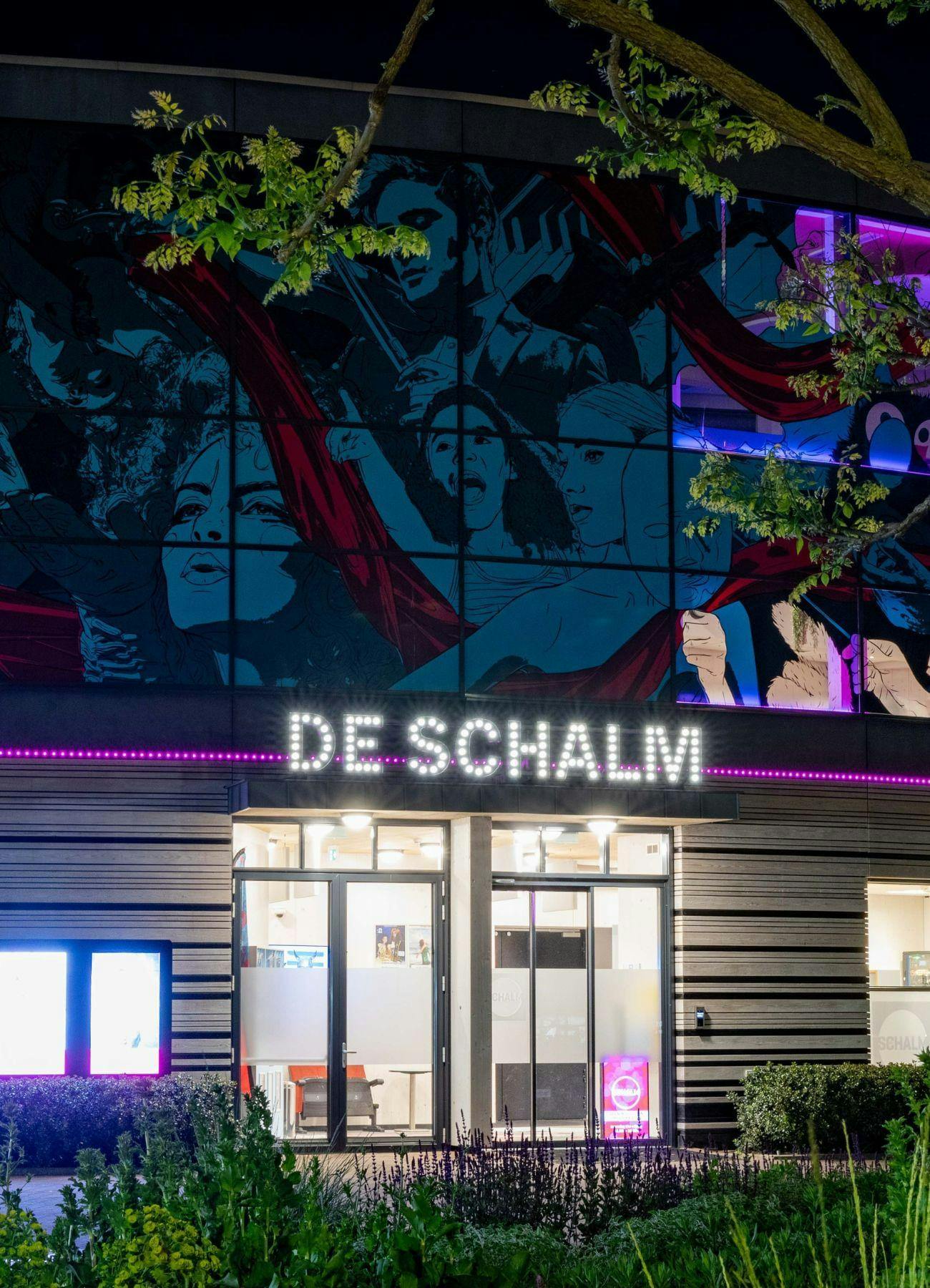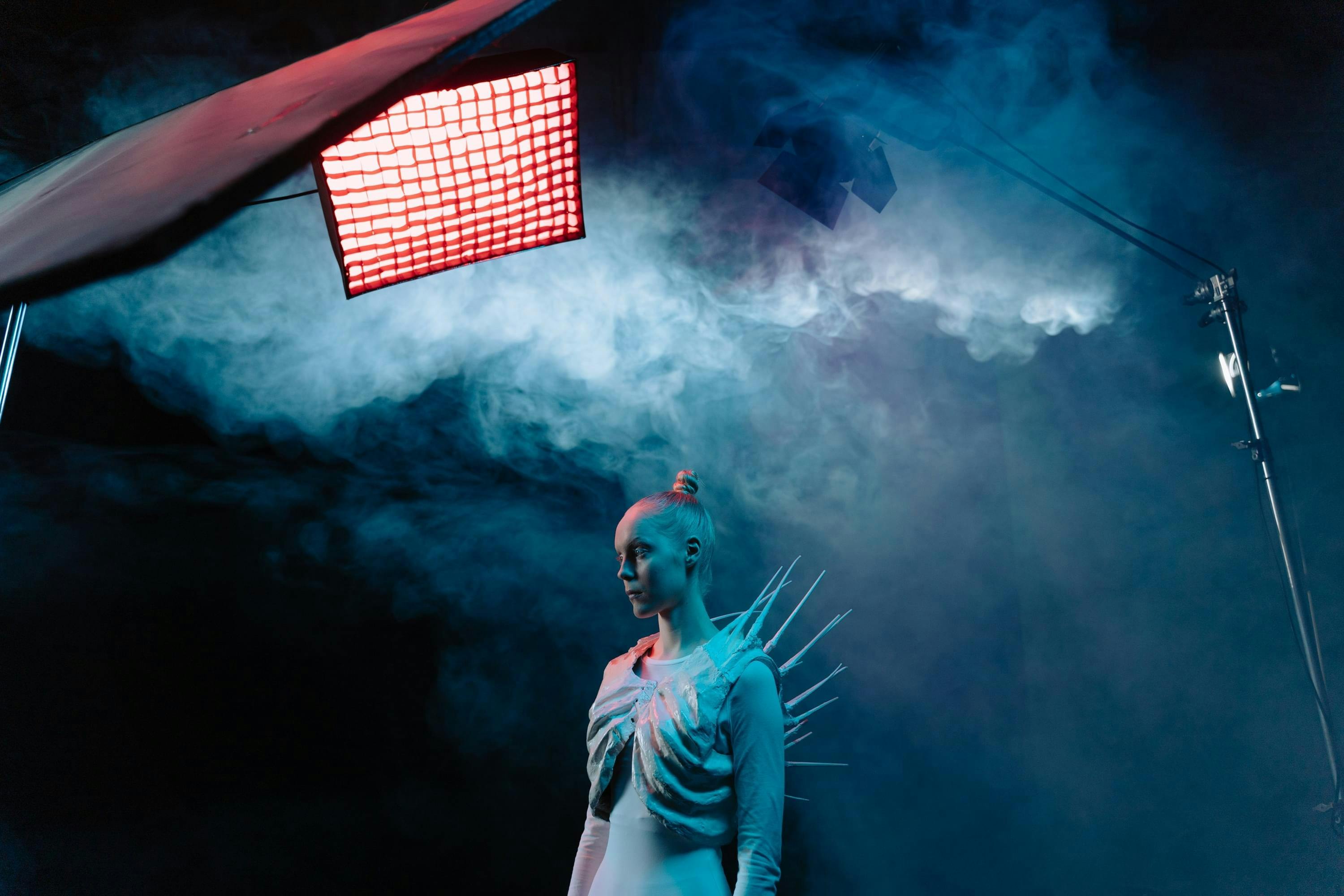
Theatre De Schalm: "To not work with data is no longer an option"
Working with audience data in the cultural sector can be quite complicated, since it is not always clear to an organisation what data should be collected. Who looks at it and when and what do you, collectively, do with this data? Sjoert Bossers (director), Nancy van Dijck (artistic planning coordinator) and Bente Aalbers (marketing) from Theatre De Schalm share their experiences. Read the interview here.
Theatre De Schalm is a medium-sized theatre in Veldhoven, says director Sjoert Bossers. "We’re situated not far from Eindhoven and we’re also the capital of the Kempen region. Veldhoven has a village feel with an urban flavour. Because of this, our potential audience is large and diverse but we did not yet see this reflected in our visitors. This is why we conducted some research into our (potential) audience.” This is also why Theatre De Schalm is participating in a Brabant pilot project concerning audience research, organised by Kunstloc Brabant and sponsored by BrabantStad.
What were the findings from your audience research?
Sjoert: “This research provided us with an insight into the demographics of our present-day audience and we also found out which audience we have not yet managed to attract.” Nancy: “We linked this data to the Cultural Segmentation Model (Opens an external link) from Rotterdam Festivals. For example, the visitors’ segmentation showed us which groups we have not yet reached but who would be suitable candidates to approach, such as the ‘Local Leisure Enjoyers’.”

How do you apply these insights to your day-to-day work within the organisation?
Bente: “We took a closer look at our current visitors’ customer journey, from the first time they visit our website to their visit to the theatre. And we create new customer journeys for our potential visitors.”
Nancy: “In the past, we used to ask our followers on Facebook questions such as ‘What artists would you like to see perform in the Schalm?’ This rarely led to any useful responses, whereas the research and cultural segmentation is resulting in some true demand-led programming. If we haven’t yet managed to attract a particular group of visitors, I look at what would appeal to this particular group. For example, we know that the ‘Local Leisure Enjoyers’ are older, like to visit cultural events in the daytime and see these visits as a social activity. This gave us the idea to organise a Sunday afternoon matinee once a month, especially for this group.”
Sjoert: “We make sure to have enough time and budget to innovate, and to investigate what programmes would fit with the results of the target group research.”

Are you reaching any younger target groups?
Nancy: “The research showed that we were not yet reaching young people from this area. They are not in our data either since they are still living at home with their parents or have already left home and no longer live within our target group area.” Sjoert: “This is when you try to thematically link your programming. Our collaboration with a group of football freestylers is a good example here. They were giving demos on football fields where those same young people hang out and we translated that into a theatre show.”
Young people are a different type of consumer
Sjoert: “Generally speaking, young people tend to be a completely different type of consumer. Who in this generation still watches TV, for example? Nowadays, TV has been replaced with Netflix and YouTube. We still aim to get people to actually visit the theatre but we also look at ways how we can bring culture to this group of young people who are so hard to reach. For instance with events like festivals or events streamed live online. Other options in the digital domain could include innovations on stage, such as digital decors and real-time projected actors.”
The audience of tomorrow is radically different from today’s audience. Discover how you can reach the audience of tomorrow.
Has a data-driven approach changed the way you collaborate?
Nancy: “I join the weekly marketing meetings in my role as an artistic planning coordinator. I use my knowledge of the performance to give input on the marketing plans. As I have already seen the preview, or talked to the producers, I will have a good idea what will appeal to which target groups.”
Bente: “Conversely, as a marketing officer I can provide valuable input before any dates are fixed. For example, I could suggest that a certain show coincides with a national holiday and organise the marketing strategy accordingly.”
“The collaboration of all the disciplines involved should be a matter of course: the marketing, direction and programming are inextricably linked,”
What is the future of a data-driven approach for theatre De Schalm and the cultural sector?
Sjoert: “It can seem difficult to renew an art form. But in a constantly changing world, the theatre will have to reinvent itself too. Fortunately, the possibilities offered by data are limitless. For example, we have now got our own app that allows us to communicate in real time and in a more personal way, thanks to the insights provided by the data. We can offer the users of our app fun little extras, a thank-you for their visit, or to recommend our next event.”
Use data to put your audience at the heart of your strategy
Digital transformation goes hand in hand with an increasing amount of data, and hence more information about your audience. Who are they? When do they buy a ticket? What motivates them to visit you? A data-driven approach gives you a firm basis to decide who your existing target group is and enables the entire organisation to look at the facts and base their decisions on them. It helps your organisation to understand, serve and engage with your target groups.
Zet je publiek centraal met data
Met de komst van de digitale transformatie, komen steeds meer data en daarmee inzichten beschikbaar over jouw publiek. Wie zijn ze, wanneer kopen ze een kaartje en wat motiveert hen om jou te bezoeken. Datagedreven werken geeft houvast om te bepalen wie jouw bestaande doelgroep is. Het maakt mogelijk om gezamenlijk naar dezelfde feiten te kijken en zo keuzes te maken. Het helpt jouw organisatie je doelgroepen te begrijpen, bedienen en ermee te verbinden.
